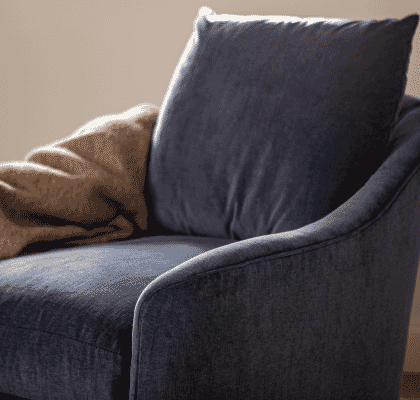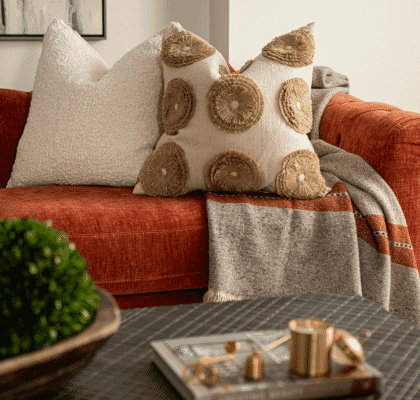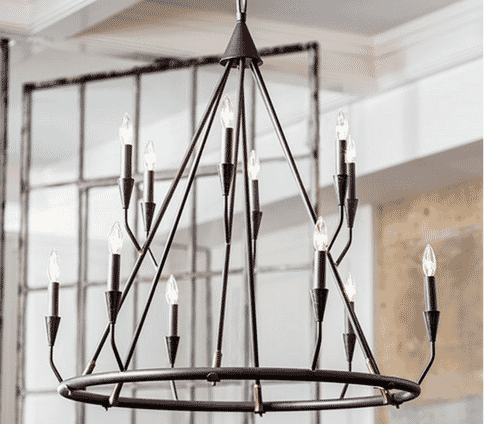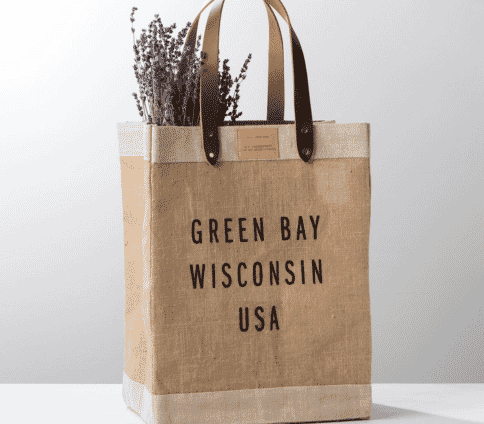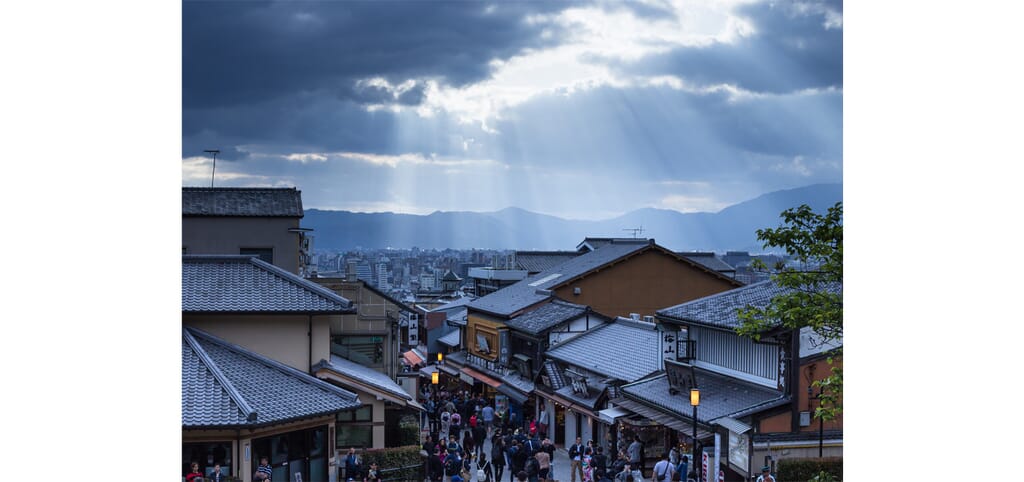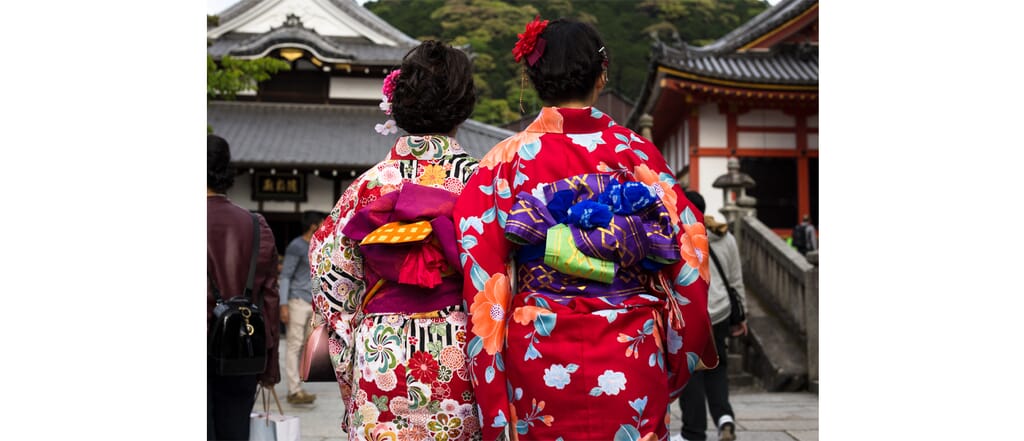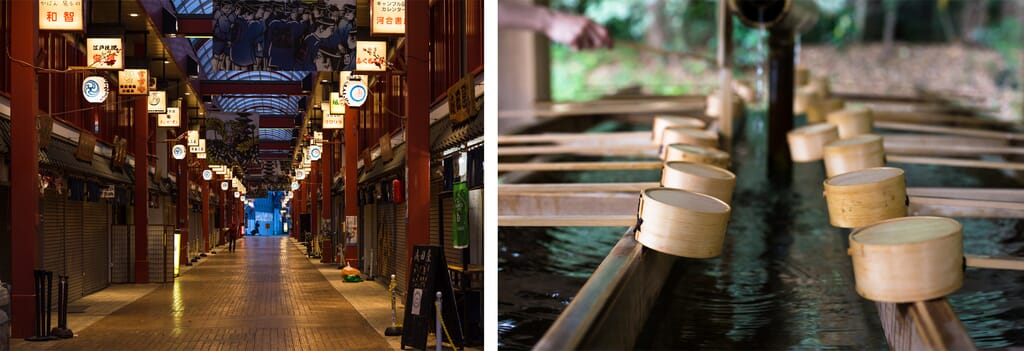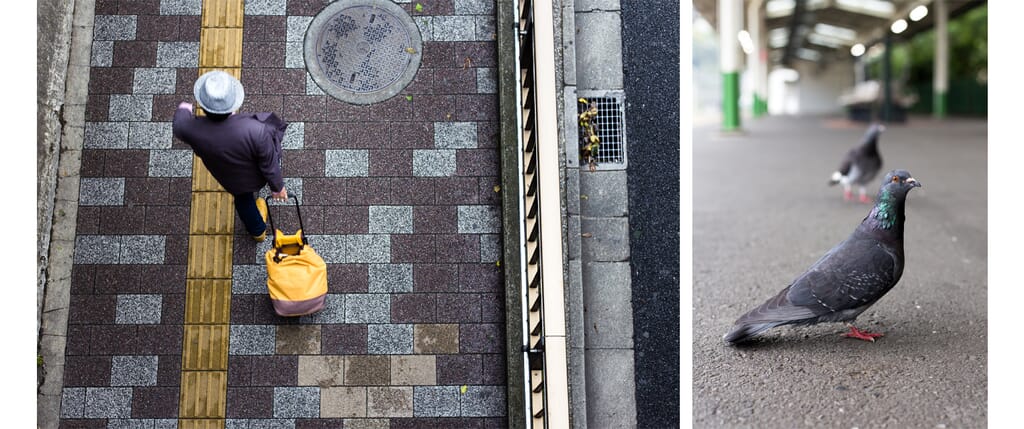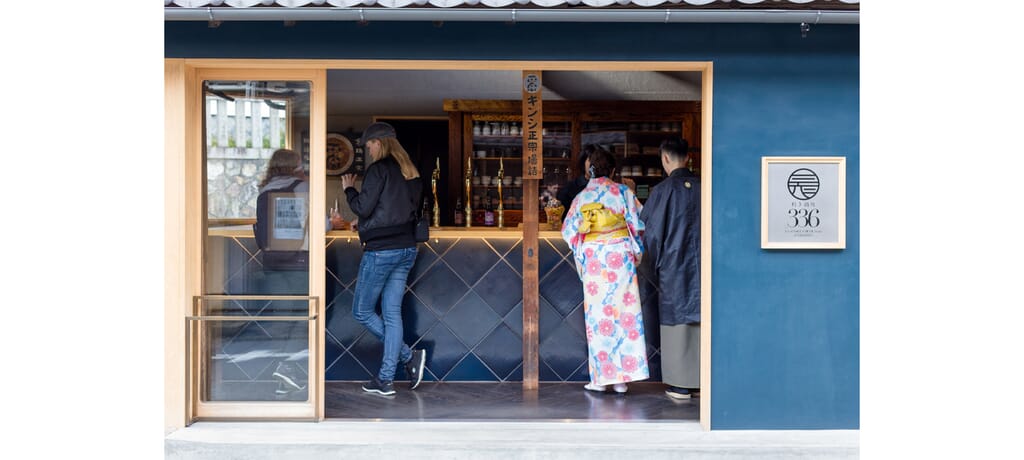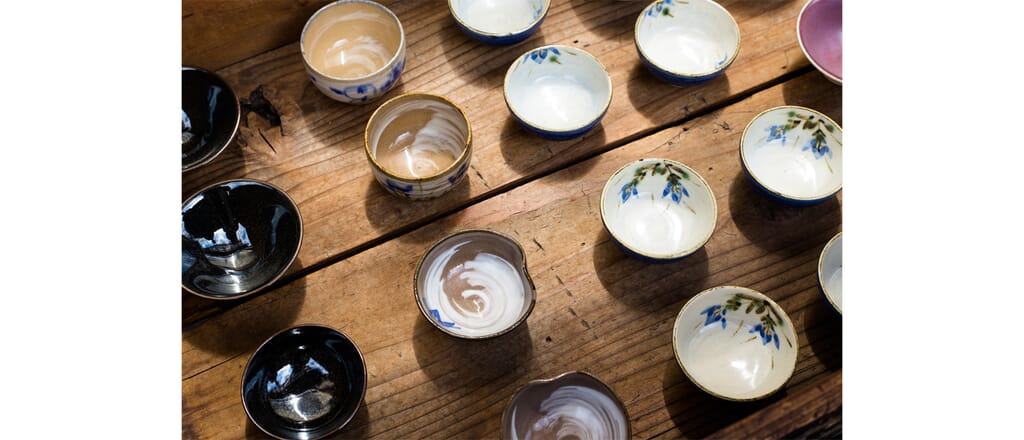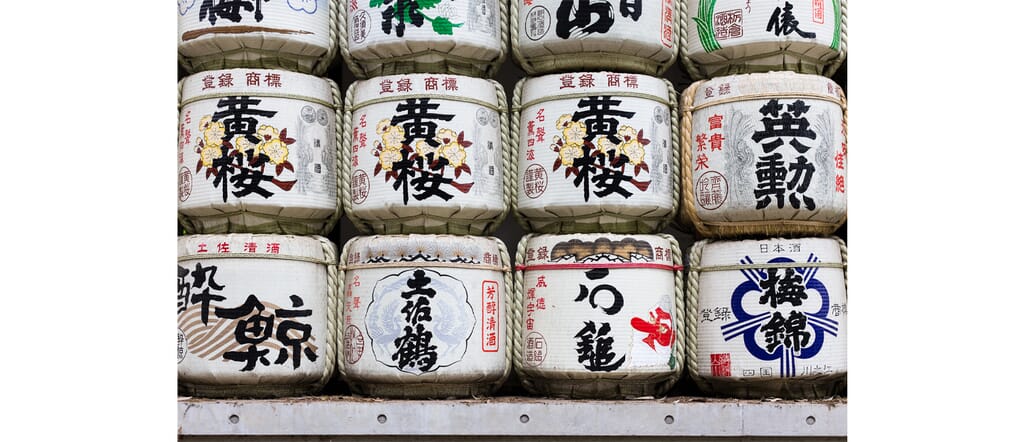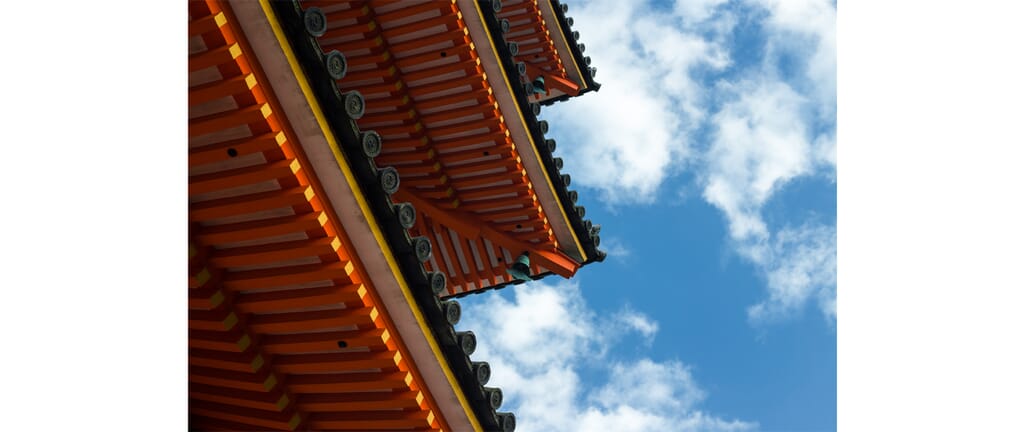Compositional tools are useful for anyone looking to up their photography game. Composition is the layout of your image, how the items in your photo are arranged, and what you decide to include or not in your image. I prefer to call them tools instead of rules because in teaching these concepts I find that people can get hung up on what they are “supposed” to do instead of thinking of these things as additions to your photography toolbox. Fortunately, we live in a time where we can take as many photos as we like, experimenting, and trying again. One of the reasons I like teaching composition is that it is something that absolutely anyone can learn and practice whether using a cellphone or camera.
You control all that is in your frame and everything that you leave out of it.
I’m using images from a trip to Japan to illustrate the tools of composition. Many of my images use multiple compositional elements. You can see that when used in combination, you can tell a full and more creative story.
Light. Before you even pick up your phone or camera, start by noticing where light comes from and its quality. Directionality and quality of light are very important aspects of photography and can take your composition from ok to great. Take the above image for example. The day was overcast and the light flat, meaning soft and without many shadows. This image could have been boring but when the sun started streaming through the clouds it took my composition from ok to great.
The Rule of Thirds. You use this concept by imagining a grid laid over your image splitting it into 9 equal sections, see the example image. Positioning your subject along a third line or intersection can create a more interesting composition. You can see in the first image that the monkey falls along the third line, the same with the woman in the second image. This is not the only way to make a good image as sometimes placing your subject in the center can be very impactful as well, which you can see in the image below.
Leading Lines. A road or railroad tracks are excellent examples of leading lines as your eye will automatically follow the lines of the road or tracks into infinity. Leading lines lead your eye to a certain area of your image. I find the most effective use of this leads your eye to a subject. In the example below, the shops on either side of the alley create leading lines that lead your eye to the man walking across. This creates a place for your eye to rest and is more interesting than if there were nothing there. In the second image, the line of water ladles leads your eye to the hand in the back of the image.
Perspective. This is one of my favorite compositional tools. People have a tendency to only take photos from their standing vantage point. Try finding a different perspective by getting up higher and photographing down on your subject or getting low to the ground, like the view of an ant. In the first example I looked over the edge of a bridge and photographed down on my subject. In the second I got low to the ground to photograph this bird and also used the “Rule of Thirds” to get more of the train station in the frame.
Framing. You use the concept of framing by utilizing something within your scene to frame your subject. In the example below, the patrons of the restaurant are framed by the door of the building. There is secondary framing of the couple by the frame of the door and the beam and the woman on the other side by the beam and the door.
Pattern. Like polka dots on a dress, pattern is repetition in your image. In this example I photographed bowls from an alley booth that were lined up in rows making a repetitive pattern.
Symmetry. When a composition is the same on both sides, or mirrored, it is symmetrical. This photo is a combination of pattern and symmetry, if you were to fold this image in half it would look the same on both sides.
Contrast. Contrast can happen with lighting or color. When there is big difference between light and dark you have contrast in lighting. When you have the same in color or colors on the opposite side of the color wheel, or warm/cool (red and green, blue and orange, purple and yellow) you have color contrast. In the example below, the bright orange of the temple creates color contrast with the blue of the evening sky. There is also lighting contrast between the darkness of the shadow of the temple and the lightness of the sky. The second image has a wide difference between darks and lights, creating contrast with lighting.
Negative Space. The space the subject takes up and the space that surrounds it are equally important. Negative space is the space around your subject, both the subject and the space around it create their own unique shape. In the example, you can see how the temple creates a shape and the negative space of the sky also creates a shape. This is emphasized by the blue/orange color contrast.
“The Other Factor.” This is an element I came up with to describe the emotive quality of an image. Regardless of what compositional tools you use, if you are able to bring out an emotion in the viewer, you can create a great image. In the first example image below, I saw this moment happening and “shot from the hip”—in other words I was trying to capture the emotion without much concern for making a compositionally “correct” image. The joy of the little girl with her parents provides “the other factor”. The second photo evokes a more serious emotion as the geisha walks stoically down the street.
Using these tools will help you create more interesting images. Practice seeing composition even when you don’t have a camera or phone present. As your photos get better you can use our August Haven blog post on printing to add your personal images and stories to your own décor.
Hi, I’m Jackie, a commercial photographer and artist. I’ve been a photographer for over 15 years and for the past 4 years have photographed for WG&R and August Haven’s website, emails, and social media. I’ve also taught, and run Fox Valley Photography, a local photography group of 700+ members. My fiancé and I live in Appleton with our two dogs and are expecting our first child in August. We love to be out in nature and working to rehab our vintage camper.


